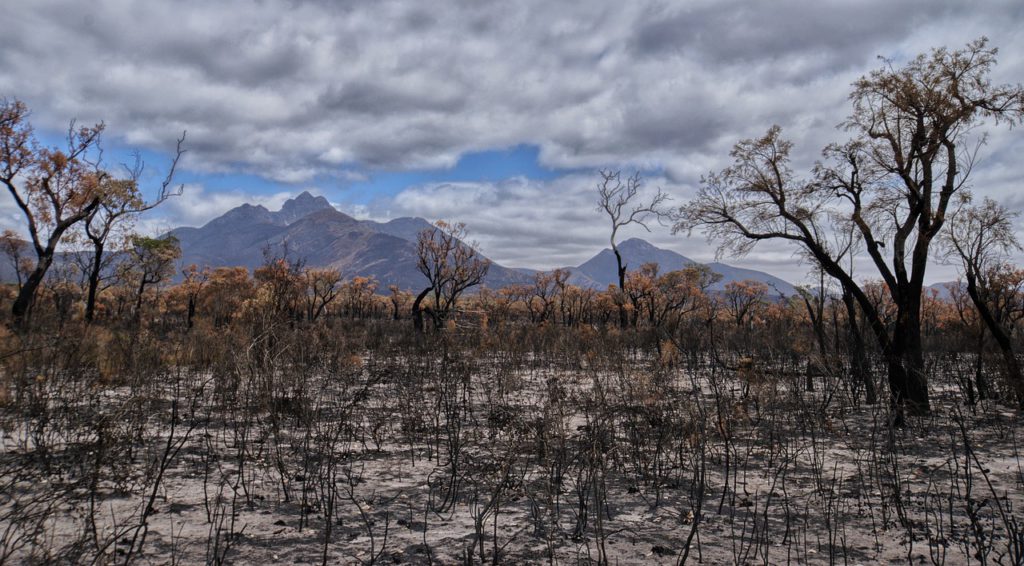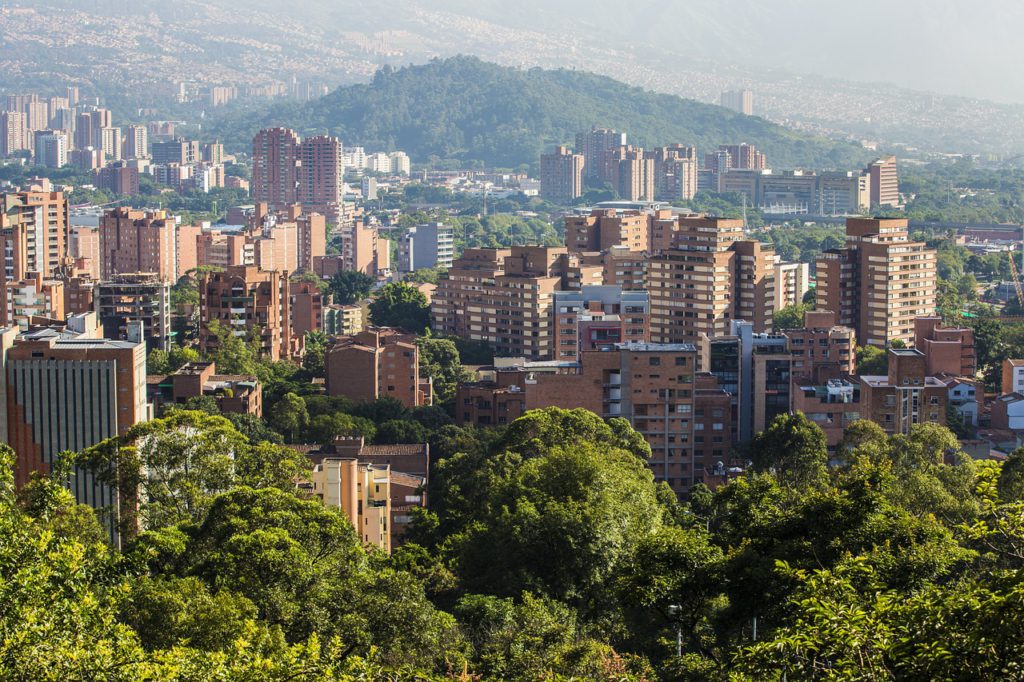World Green Building Council launches a guide to climate change resilience
2 NOVEMBER 2022 – Changing climate patterns and increased severity/frequency of extreme weather events are affecting people around the world. As an example, Jorge Chapa, Head of Market Transformation, Green Building Council Australia (GBCA) said: “In Australia, many of the communities who fought bushfires in 2019 are today inundated with floods. The climate is changing, here and now. It’s time for the built environment to respond.”

Climate change was the dominant factor behind exacerbated bushfires in Australia’s forests. Image by Terri Sharp from Pixabay
To help support infrastructure solutions that focus on people, the World Green Building Council (WorldGBC) has launched an industry guide titled ‘Climate Change Resilience in the Built Environment’ on 26 October 2022.
The guide compiles effective and practical steps that can be taken on a building, community and city scale in order to adapt and build resilience to the changing climate.
The resource, produced under WorldGBC’s flagship Health and Wellbeing global programme Better Places for People (BPFP) was done in partnership with the United Nations (UN) High-Level Climate Champions and C40 Cities, aiming to enable adaptation at different urban scales and inspire decisive action to deliver on communities’ needs around the world.
What is the aim of the guide?

One of the case studies presented in the guide is Medellín, Colombia, which created green
corridors as part of its climate change mitigation. Image by Ulises Casaraz from Pixabay
‘Climate Change Resilience in the Built Environment’ presents principles of built environment management for changes to weather-related climate change impacts such as storms, high winds, droughts, floods, severe temperature change and wildfires.
These principles are focused on measures of mitigation and damage protection from continual or gradual climate impacts and in some cases, extreme weather events.
The impacts of climate change and damage from extreme and gradual weather events will occur at building, community and city scale across all corners of the globe. Therefore, measures to mitigate damage and ensure recoverability must be implemented at a systemic level. All built environment stakeholders and decision makers will have to engage and take responsibility; leadership from local and national government is essential to activate meaningful adaptation and resilience solutions.

Another case study is the first zero-carbon neighbourhood of Paris, Porte de Montreuil, which has strategies to adapt to extreme heat. Image courtesy of Serie Architects; Tatiana Bilbao Etudio; Bond Society
Ahead of COP27 that will commence this Sunday 6 November, Dr Mahmoud Mohieldin, UN’s High-Level Climate Action Champion for Egypt COP27 said: “The built environment sector has the opportunity to lead the resilience agenda, placing adaptation on par with mitigation through how we design, manage and occupy buildings and infrastructure for the worlds’ people. Regardless of where you live or where you do business, we all need to build resilience to climate change.”
The full guide can be downloaded here.
Climate resilience is part of the judging criteria of FuturArc Prize 2023: Cross-Generational Architecture, our ongoing Green design competition for students and professionals. Click here to read more about the brief!

Related stories:
Porte de Montreuil: Retrofitting the first zero-carbon neighbourhood in Paris

Seizing the urban opportunity: Invest in low-carbon cities to protect climate and boost jobs

